Two bear cubs join orphaned bruins at Sagehen
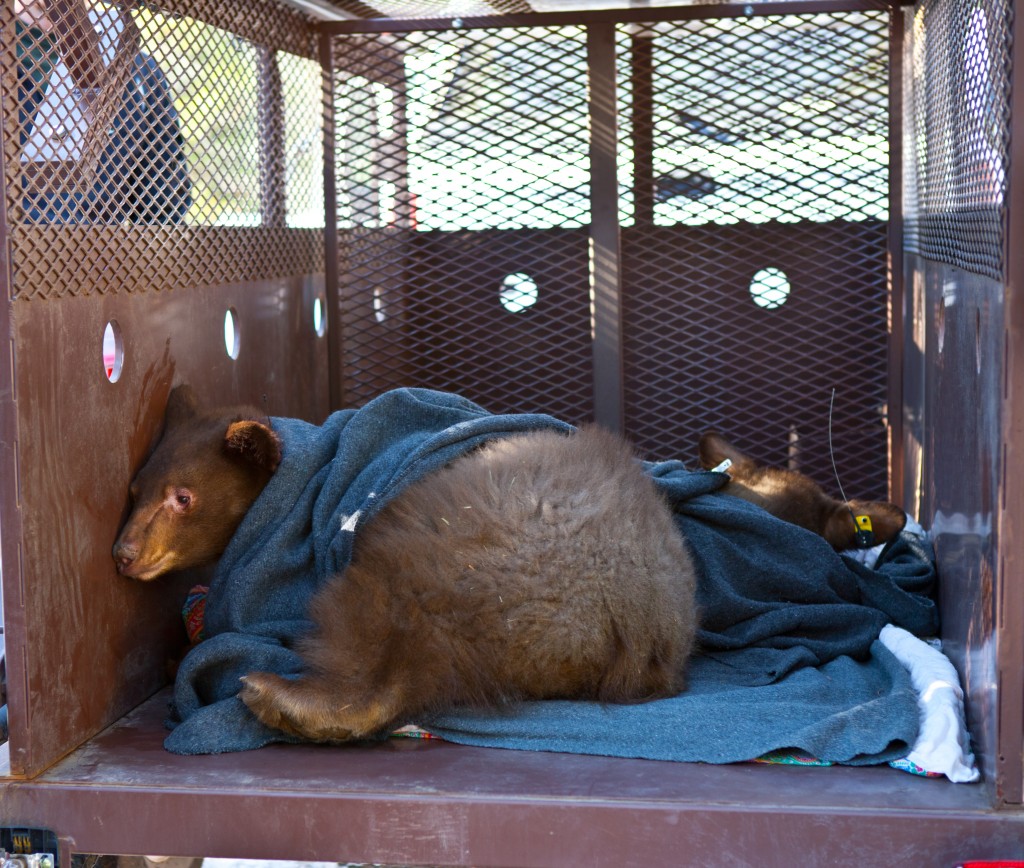
For black bears 8495 and 8496, Independence Day will always be January 26, 2011. That’s when these two orphaned cubs were released back to the wild at Sagehen Creek Field Stationby the California Department of Fish and Game. The site’s protected boundaries gives the cubs a safe place where they can learn to live on their own.
“Sagehen is in the middle of some of the most pristine bear habitat we have in California,” said Marc Kenyon, the DFG’s statewide black bear, mountain lion, and wild pig coordinator. “The roads are cleared to a point, and we have control over public access so we know the bears will not be hassled during the main part of the winter.” The department has released a total of eight orphaned cubs at Sagehen since 2004.
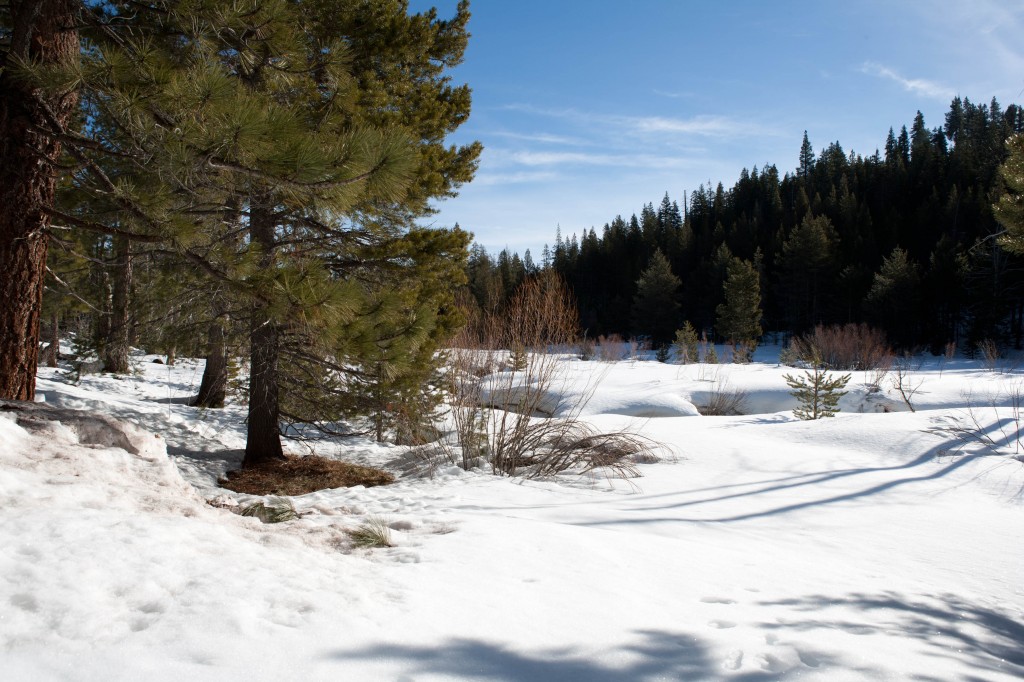
This year’s two female cubs were separated from their mothers last summer in the Tahoe basin. Both were less than 50 pounds, indicating they were born that year. Neither was habituated to humans. These two characteristics qualified them for California’s bear rehabilitation program. Older bears accustomed to human food and dwellings are not so lucky. Such animals are relocated to zoos or put down as a last resort because they pose a danger to the public.
Since they were found, the cubs have been housed together at the Lake Tahoe Wildlife Care facility. The facility kept them away from people and fed them wild foods including chokecherries, manzanita berries, sedges, rushes, and grasses.
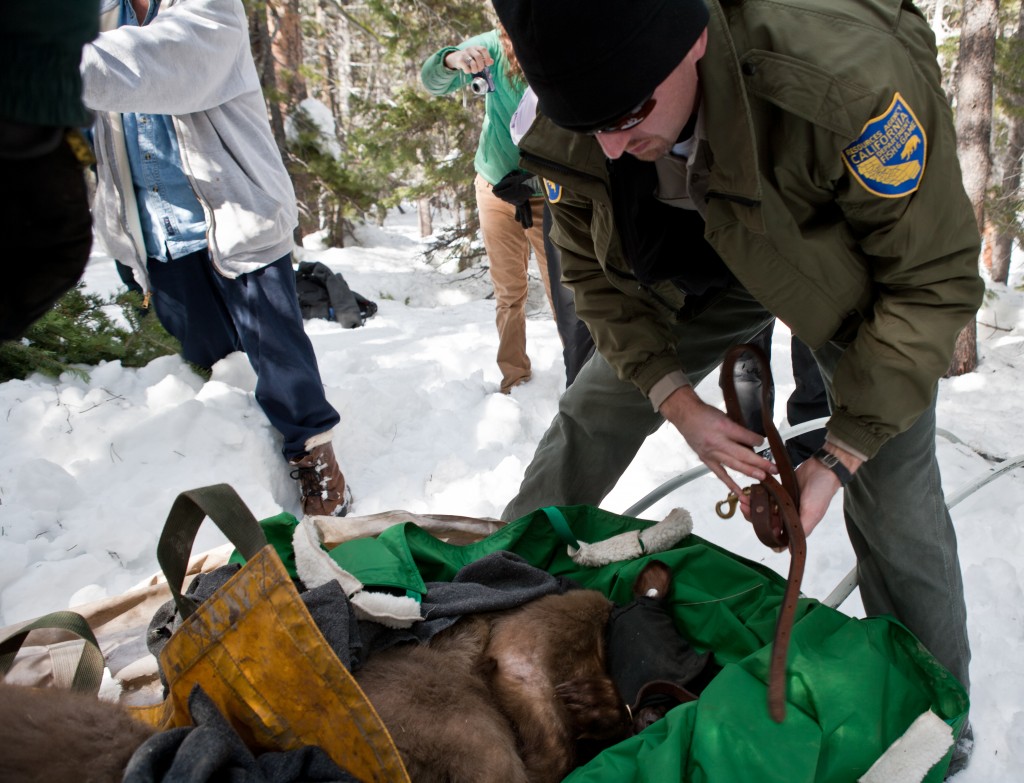
“They’ve learned the appropriate foods and the hope is when they’re out here, they can recognize those foods by smell,” Kenyon said. On this diet, the bears had grown to roughly the size of German shepherds, about 85 and 70 pounds respectively.
The cubs had stopped receiving meal service several weeks earlier. “The rehabilitation center stops feeding them in December to kick start their hibernation mode. It triggers them to go to sleep,” said Cristen Langner, the DFG wildlife biologist responsible for the Lake Tahoe unit. DFG places rehabilitated cubs into winter dens, where they can snooze out the remainder of the season. This tactic “will help habituate them to the wild and a particular spot rather than going out and immediately getting into trouble,” Langer said.
On release day, DFG wildlife biologists anesthetized and measured the cubs, then added bright numbered tags and a radio transmitter to their ears. The drowsy ursines were then bundled into an open-air trailer, gray blankets tucked around their brown fur, and towed slowly past Truckee and onto the snowy grounds of Sagehen reserve.
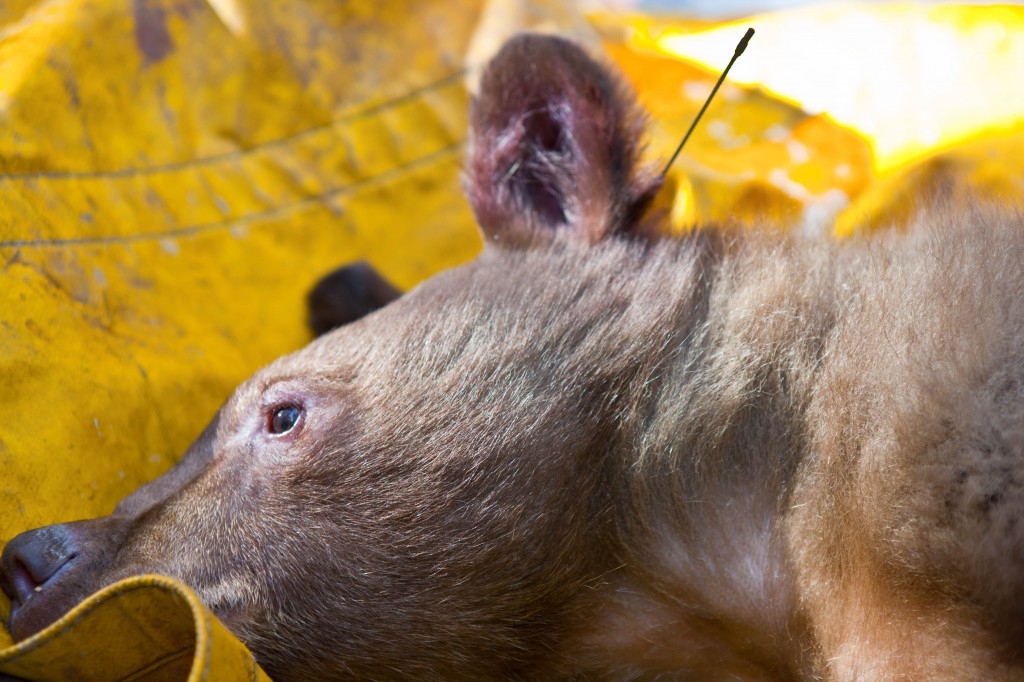
Once the trailer gate was raised, the drowsy cubs began to stir. They occasionlly opened their eyes, licked their lips, and stretched out a paw or two. Even at this tender age, their bare palms end in stout curved claws.
The larger cub propped her heavy head against the metal side of the trailer, revealing her new accessories. The effect was big jewelry with a techno twist—the transmitter’s slim black antenna edged just past the tip of her ear. The transmitter will allow DFG personnel to follow both cubs for about a year after their release. Cubs released at Sagehen in previous years have wandered up to 70 miles away before their transmitters died.
The drowsy cubs were lifted from the trailer onto a sledge, which was then loaded onto the back of the Sagehen snowcat. Reserve manager Jeff Brown motored the vehicle as near as he could to the release site. Then biologists unloaded the sledge and pulled all 155 pounds of bear up to the den.
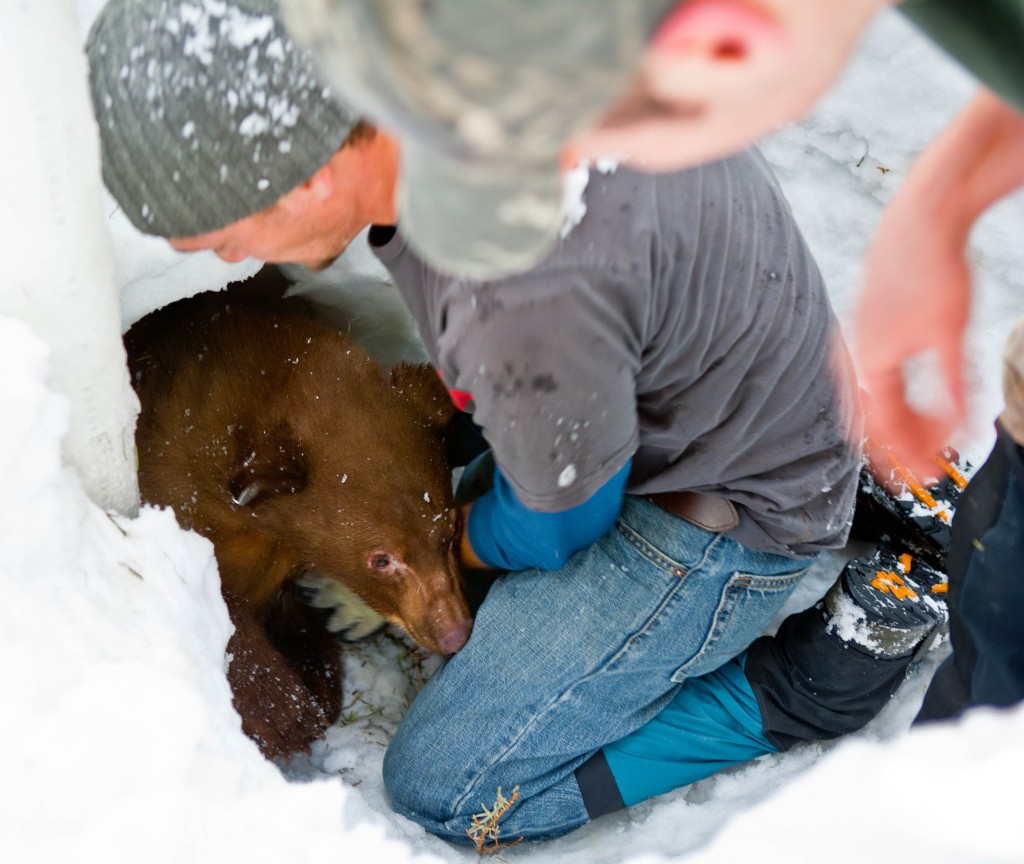
The den itself consisted of a plastic dog igloo buried in a snowbank. One DFG biologist lined the igloo with hay, then climbed inside. Two others hefted first one cub, then another, from the sledge, and arranged both animals into cozy balls inside the den. They placed fresh cut pine boughs in front of the doorway, then activated the motion sensitive camera strapped to a tree several feet away.
“We’ll get some funny pictures playing in front of the den for the next couple of weeks—until they tear the camera off the tree. That’s what happened last year,” Kenyon said.
The biologists expect the bears to awaken in a couple of days, explore their surroundings, then return to the den. Black bears will arise from hibernation on warm winter days to seek food, but spend most of their time asleep until spring makes food plentiful enough to warrant staying awake.
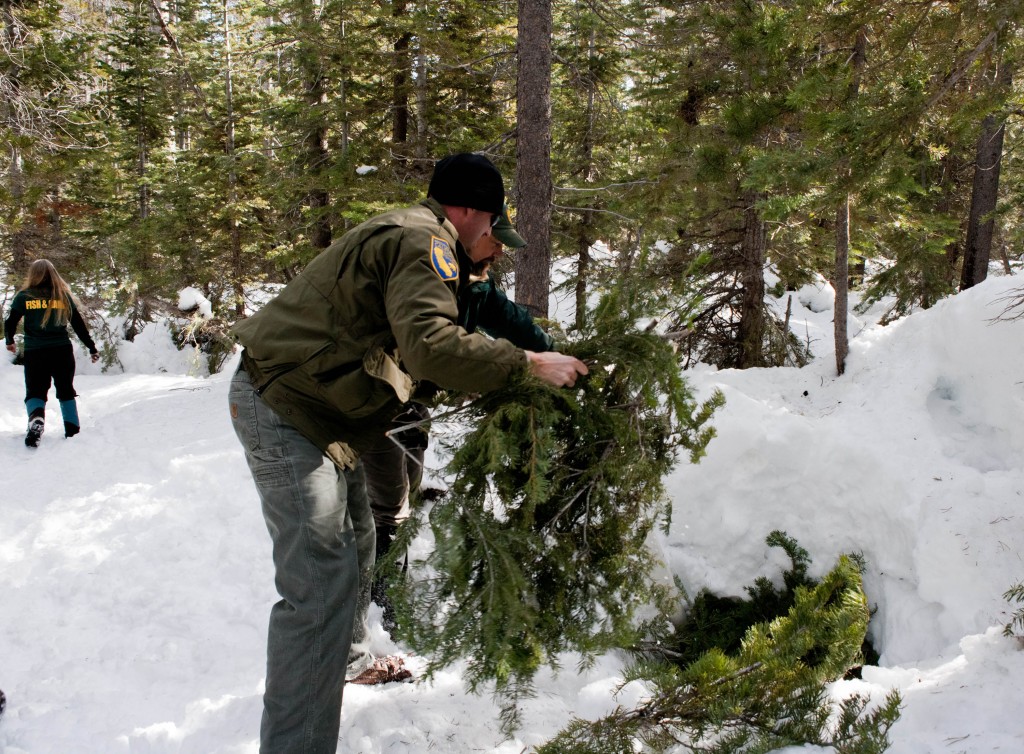
“The reintroductions give individual bears a second chance at being a wild bear. And as long as they’re not reported to get into people’s stuff, they can do whatever they want out here.” Langner says.
Updated photos of the bears will be posted at the Sagehen Creek Field Station bear news blog.
For More Information:
The California Department of Fish and Game’s statewide black bear policy.
